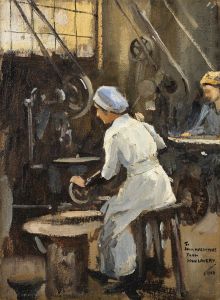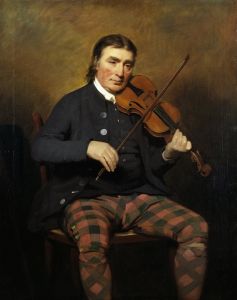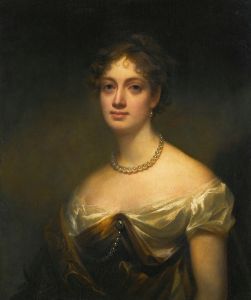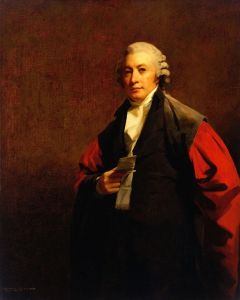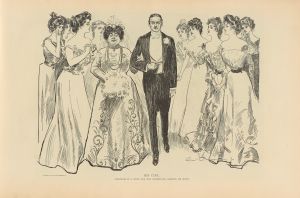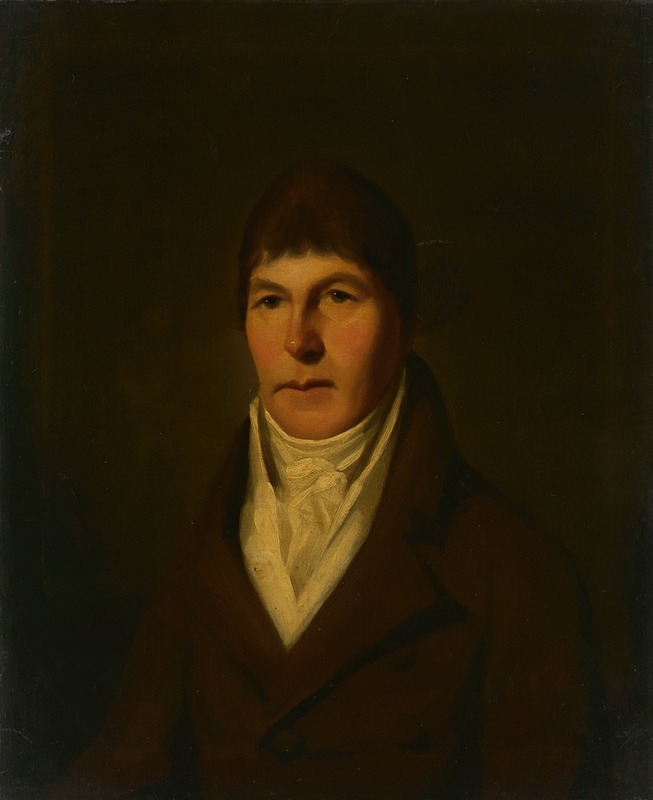
Dr. Mackenzie of Edinburgh
A hand-painted replica of Sir Henry Raeburn’s masterpiece Dr. Mackenzie of Edinburgh, meticulously crafted by professional artists to capture the true essence of the original. Each piece is created with museum-quality canvas and rare mineral pigments, carefully painted by experienced artists with delicate brushstrokes and rich, layered colors to perfectly recreate the texture of the original artwork. Unlike machine-printed reproductions, this hand-painted version brings the painting to life, infused with the artist’s emotions and skill in every stroke. Whether for personal collection or home decoration, it instantly elevates the artistic atmosphere of any space.
"Dr. Mackenzie of Edinburgh" is an oil painting by the renowned Scottish portrait artist Sir Henry Raeburn (1756–1823). Raeburn is celebrated for his skill in capturing the character and presence of his sitters, and this work is no exception. The painting depicts Dr. William Mackenzie, a prominent figure in Edinburgh during the late 18th and early 19th centuries.
Dr. Mackenzie was a respected physician in Edinburgh, a city that was a major center of the Scottish Enlightenment. While specific details about his life and career are limited, his inclusion as a subject in Raeburn's oeuvre suggests his significance within the intellectual and professional circles of the time. Raeburn was known for painting many influential figures of Scottish society, and his portraits often reflect the dignity and stature of his sitters.
The painting is executed in Raeburn's characteristic style, which combines a naturalistic approach to the human form with a keen attention to light and texture. Dr. Mackenzie is portrayed in formal attire, seated in a composed and thoughtful pose. The background is understated, drawing attention to the sitter's face and expression. Raeburn's use of light and shadow enhances the three-dimensionality of the figure, a hallmark of his work.
As with many of Raeburn's portraits, "Dr. Mackenzie of Edinburgh" demonstrates the artist's ability to convey not only the physical likeness of his subject but also a sense of their personality and social standing. The painting is an excellent example of Raeburn's contribution to the tradition of portraiture in Scotland and his role in documenting the figures of his time.
The current location of the painting is not definitively documented in public records, but many of Raeburn's works are held in major art institutions, including the National Galleries of Scotland and private collections. Further research may provide additional details about the provenance and exhibition history of this specific work.
This portrait remains an important piece within Raeburn's body of work, reflecting his mastery as a portraitist and his connection to the cultural and intellectual elite of Edinburgh during his lifetime.





